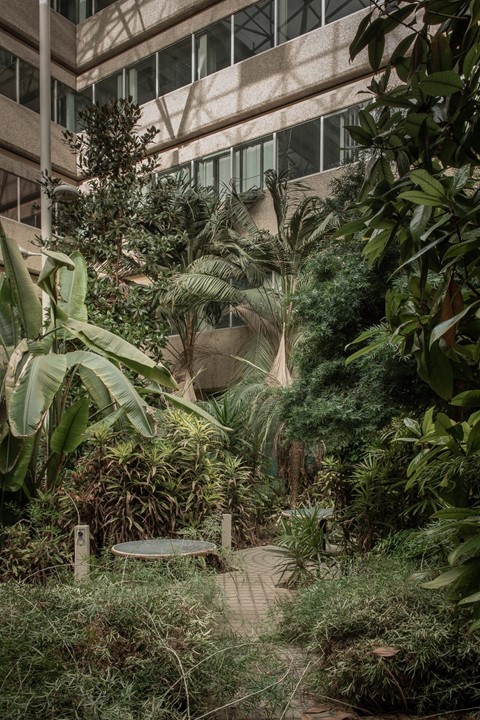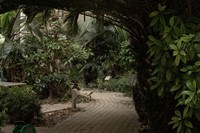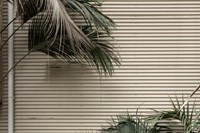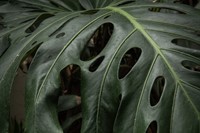Photographer Morgan O’Donovan explores a forgotten 1970s office block in Norwich, which had been abandoned and taken over by a sprawling tropical jungle
Fashion photographer Morgan O’Donovan was scrolling through Instagram when he first saw St Crispins House. The derelict 1970s office block, based in Norwich, had spent years morphing into a Ballardian dystopia – a Brutalist jungle overgrown with tropical palms and sprawling, wild greenery. Captivated by the building’s aesthetic, O’Donovan messaged the original poster, Manalo & White architects, and asked if he could photograph the site. They agreed.
O‘Donovan learnt that the concrete block was being demolished, and that it had once been an overflow building for Her Majesty’s Stationery Office. It was then sold off in the late 90s and split into separate offices, with a giant glass pyramid installed over the central atrium. “This new enclosure kept the space warm and allowed the cultivation of exotic species of plants,” the photographer explains. Although the building was abandoned for over a year, the plants in the atrium were left the thrive thanks to its automatic irrigation system.
With only weeks before the site’s demolition, O’Donovan worked with Manalo & White architects to trace the story of the building’s history. They were also compelled to find out more about the “invisible gardener”, who had managed to cultivate such hardy and impressive vegetation. “We weren’t able to find out anything about who designed or planted the jungle, but it is clearly very thought-through and deliberate,” O’Donovan says. “There is a beautiful and subtle synergy between the building and the planting. All the colours and tones sit alongside each other artfully and the fronds of the palms seem to balance with the concrete facades.”
However, the wild, untamed nature of the plants was at odds with its Brutalist enclosure. Although artful and pleasing in places, the photographer was also captivated by the atrium’s dystopian undertones. “As the tables became engulfed by the creepers it was changing from a space suitable for enjoying to a place impossible to enter,” he adds. “Maybe nature’s own self-defence.”
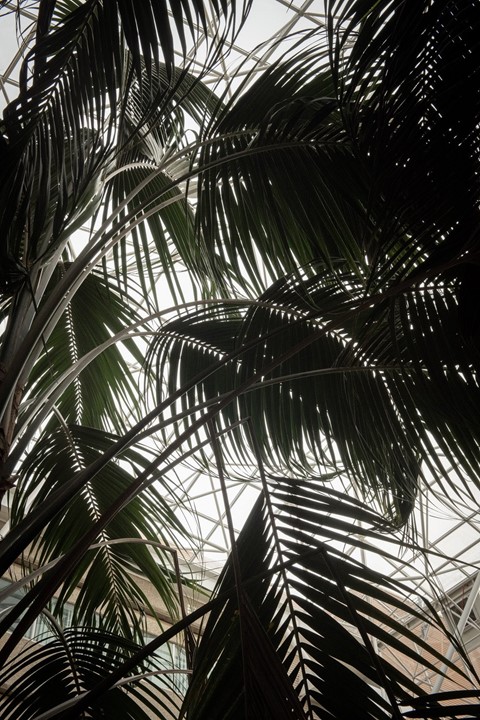
It was an unusual project for O’Donovan: although he has worked in architectural photography before, he is predominantly known for his fashion work, shooting for brands like Dior, Chloe, Iris van Herpen and Art School. And while the latter is known for its long days and bustling sets, he welcomes the more peaceful pace of architectural work – particularly when the site is desolate, or on the brink of being forgotten. “Unfortunately there was no practical way to save St Crispins House, which is a saddening loss,” he says. His images, however, will be used to inform a new atrium, to be built in the same space, which will hopefully capture the spirit of what was left behind. “I also took some cuttings, which are now growing very well,” he adds. “We hope to return them to the new Atrium garden.”
